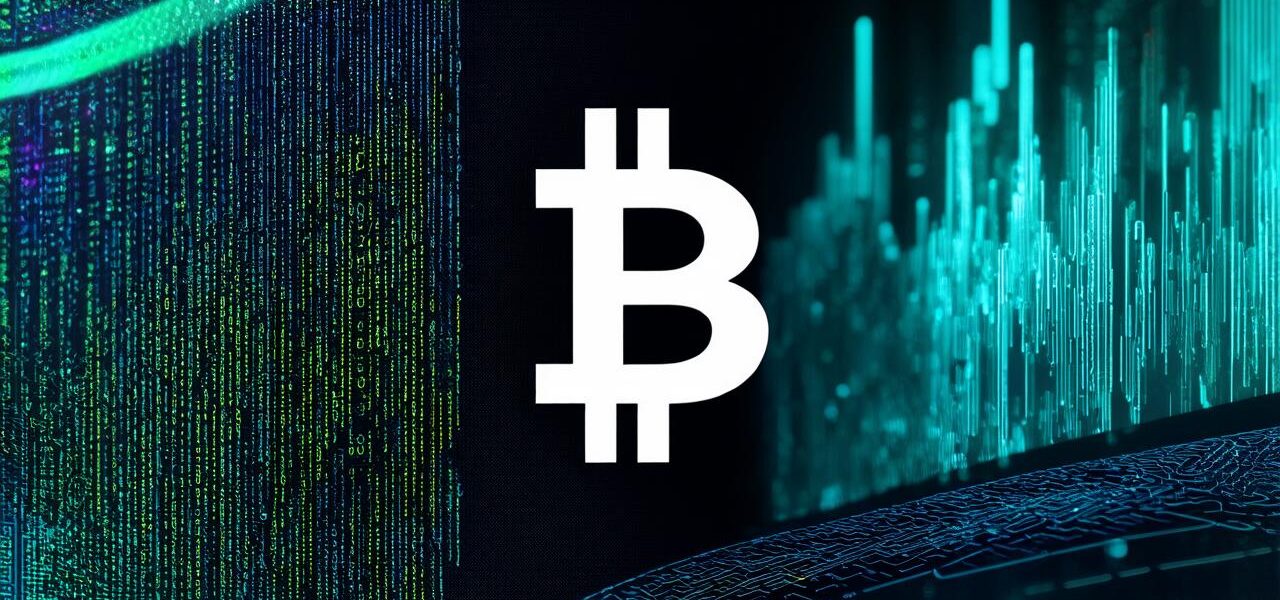
Blockchain: Exploring the Fundamentals of This Transformative Technology
What is Blockchain?
Blockchain is a digital database that records transactions in a way that ensures their authenticity and immutability. It is based on a decentralized architecture, meaning that there are no central authorities controlling it. Instead, the network of computers involved in the blockchain operates through consensus and consensus protocols. Each block in the chain contains a cryptographic hash of the previous block, creating an unalterable record of all transactions.
How does Blockchain work?
Blockchain works by using cryptography to ensure the security and integrity of data. Every transaction on the blockchain is validated by a network of nodes or computers. These nodes use consensus algorithms to verify the authenticity of each transaction, ensuring that it aligns with the rules of the blockchain. Once a transaction is verified, it is added to the blockchain as a new block, which contains a cryptographic hash of the previous block.
Benefits of Blockchain
Blockchain technology offers several benefits that have the potential to revolutionize various industries. These include:
- Decentralization: Blockchain is decentralized, meaning that it operates without the need for intermediaries.
- Security: Blockchain uses cryptography to ensure the security and integrity of data, making it resistant to fraud and hacking.
- Transparency: Blockchain is transparent, meaning that all participants can see the same information. This creates trust between parties and eliminates the need for intermediaries.
- Immutability: Once a transaction is added to the blockchain, it cannot be changed or deleted. This ensures the integrity of data and reduces the risk of fraud.
- Efficiency: Blockchain eliminates the need for intermediaries, resulting in faster and more efficient transactions.

Potential Applications of Blockchain
Blockchain technology has the potential to revolutionize various industries, including:
- Finance: Blockchain can enable faster and more secure transactions in the financial industry, reducing costs and eliminating the need for intermediaries. For example, blockchain-based payment systems like Bitcoin and Ethereum have already disrupted the traditional banking system.
- Healthcare: Blockchain can be used to securely store and share patient data, enabling better medical care and reducing the risk of medical errors. By using blockchain, healthcare providers can ensure that patient data is secure, tamper-proof, and only accessible to authorized parties.
- Supply Chain Management: Blockchain can be used to track products from production to delivery, ensuring transparency and eliminating fraud in the supply chain. By using blockchain, suppliers can provide real-time updates on the location and status of their products, reducing the risk of counterfeit goods and increasing customer trust.
- Voting Systems: Blockchain can be used to create secure and transparent voting systems, reducing the risk of election fraud. By using blockchain, voters can ensure that their votes are counted accurately and that the results cannot be tampered with.
- Real Estate: Blockchain can be used to facilitate the buying and selling of properties, enabling faster and more efficient transactions. By using blockchain, real estate companies can eliminate intermediaries, reduce transaction costs, and increase transparency.
Real-life Examples of Blockchain Technology
1. Cryptocurrencies: The most well-known example of blockchain technology is cryptocurrencies like Bitcoin and Ethereum. These digital currencies use a decentralized ledger system to record transactions, ensuring their security and immutability.
2. Smart Contracts: Blockchain can be used to create smart contracts, which are self-executing contracts that automatically enforce the terms of an agreement between parties. This eliminates the need for intermediaries and reduces transaction costs.
3. Supply Chain Management: Companies like Walmart and IBM have already started using blockchain to track the movement of goods in their supply chains. By using blockchain, these companies can provide real-time updates on the location and status of their products, reducing the risk of counterfeit goods and increasing customer trust.
4. Voting Systems: Countries like Estonia and Switzerland have already started using blockchain to create secure and transparent voting systems. By using blockchain, these systems eliminate intermediaries, reduce transaction costs, and increase transparency.
5. Healthcare: Companies like MediLedger and Gem have already started using blockchain to securely store and share patient data. By using blockchain, healthcare providers can ensure that patient data is secure, tamper-proof, and only accessible to authorized parties.
Conclusion
Blockchain technology is a transformative technology that offers several benefits and has the potential to revolutionize various industries. It is based on a decentralized architecture and uses cryptography to ensure the security and integrity of data. While blockchain is still in its early stages, its potential applications are vast, and it is likely to play an increasingly important role in shaping the future of technology.



